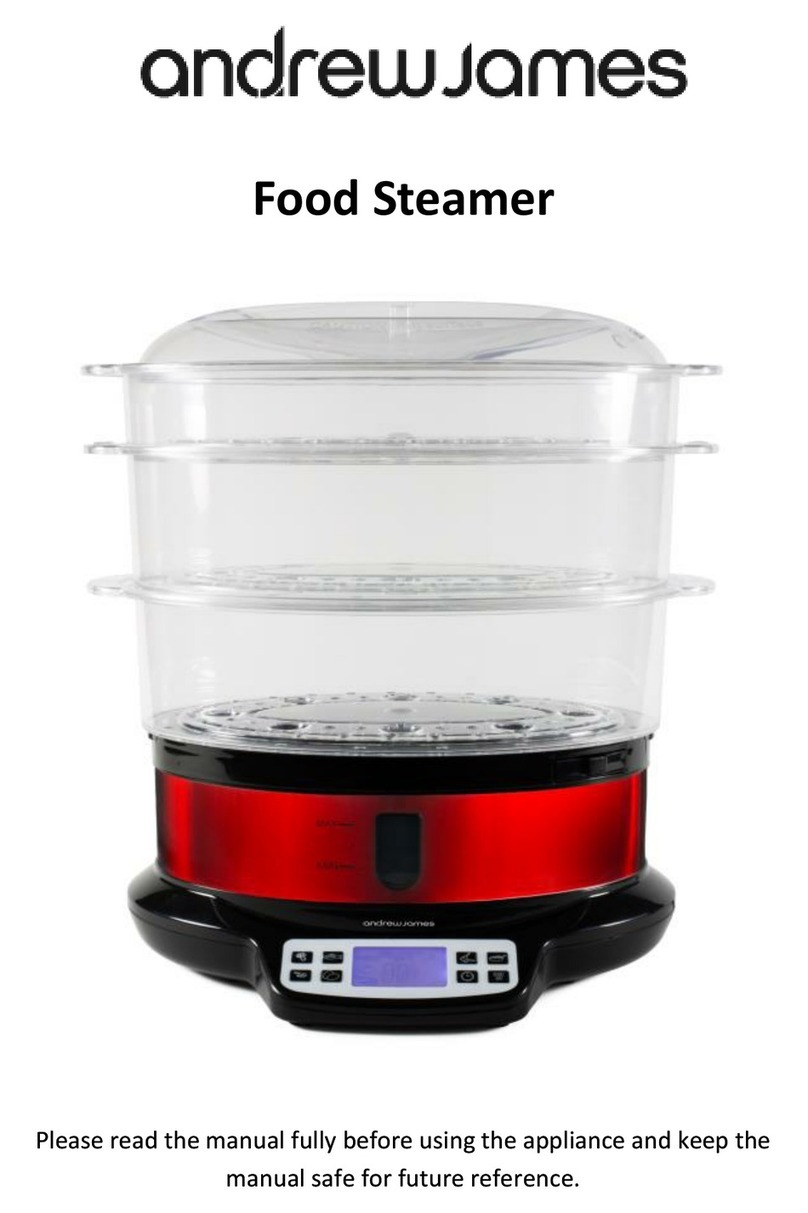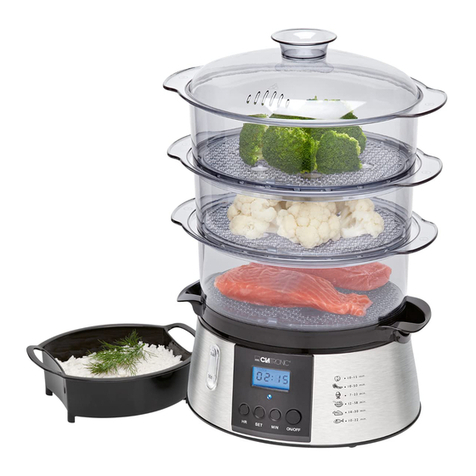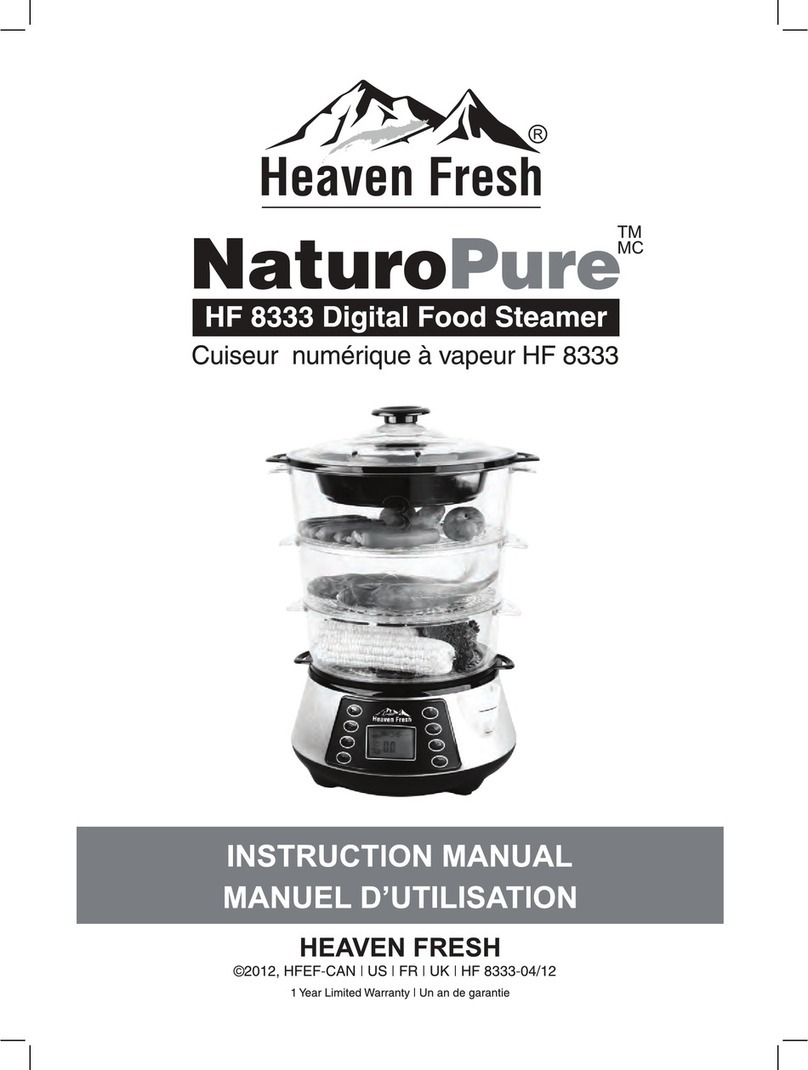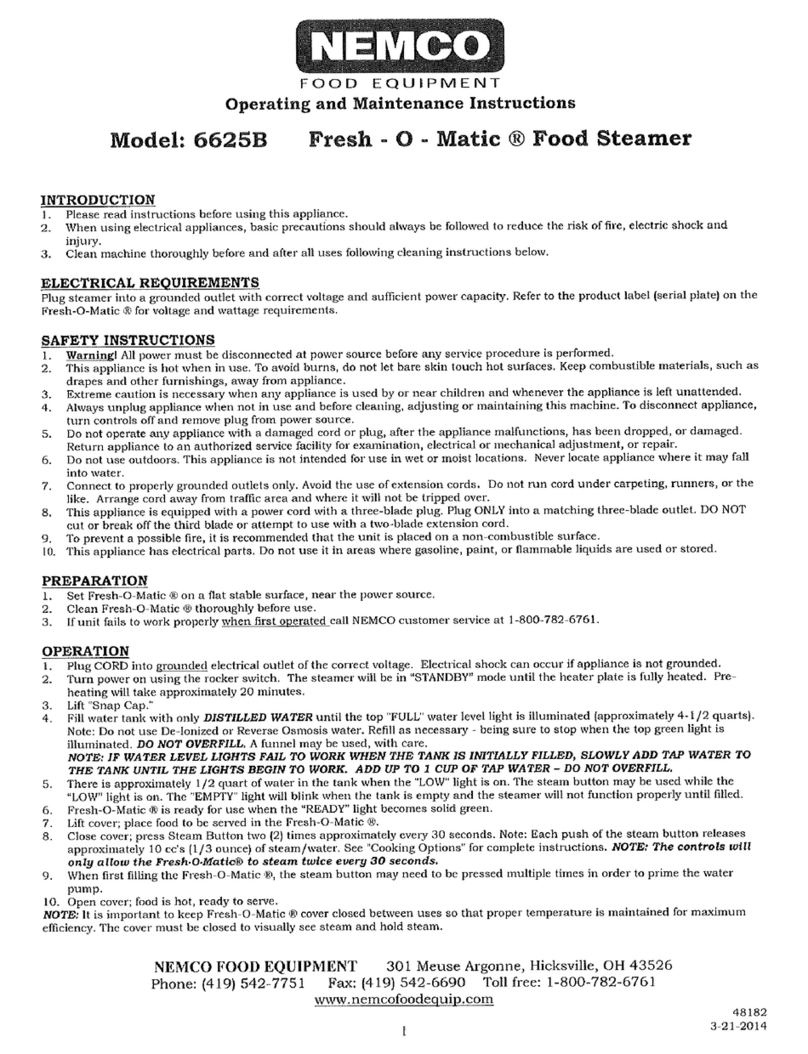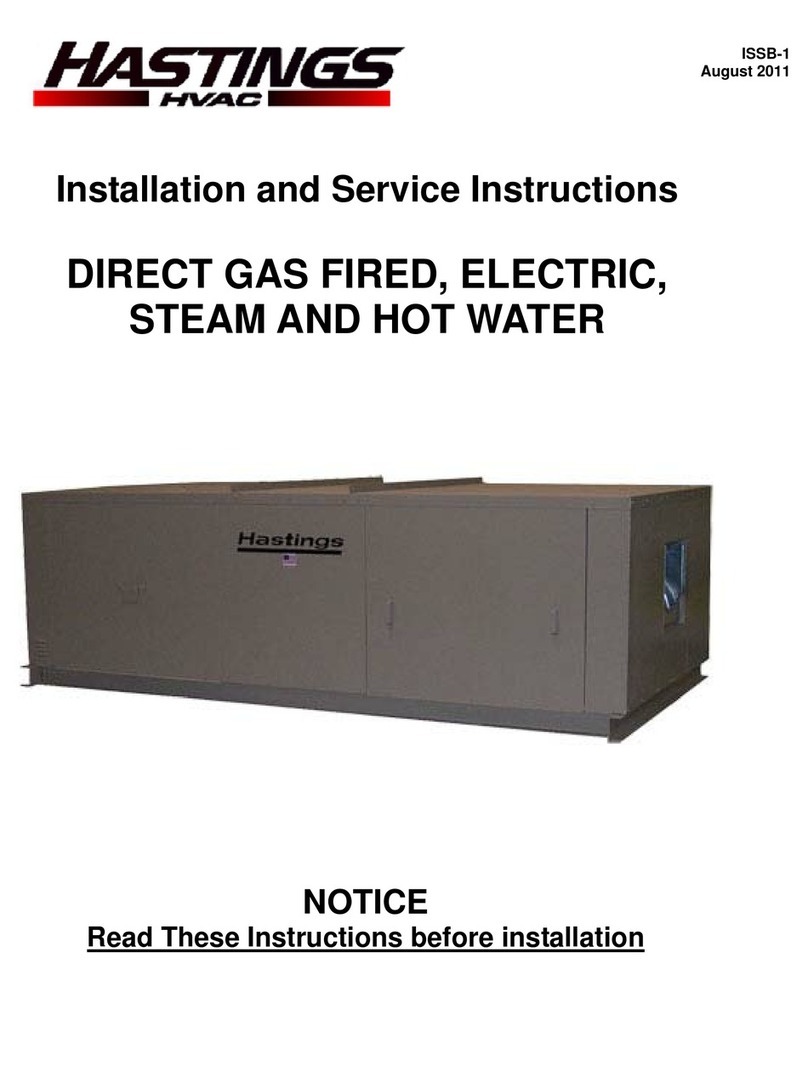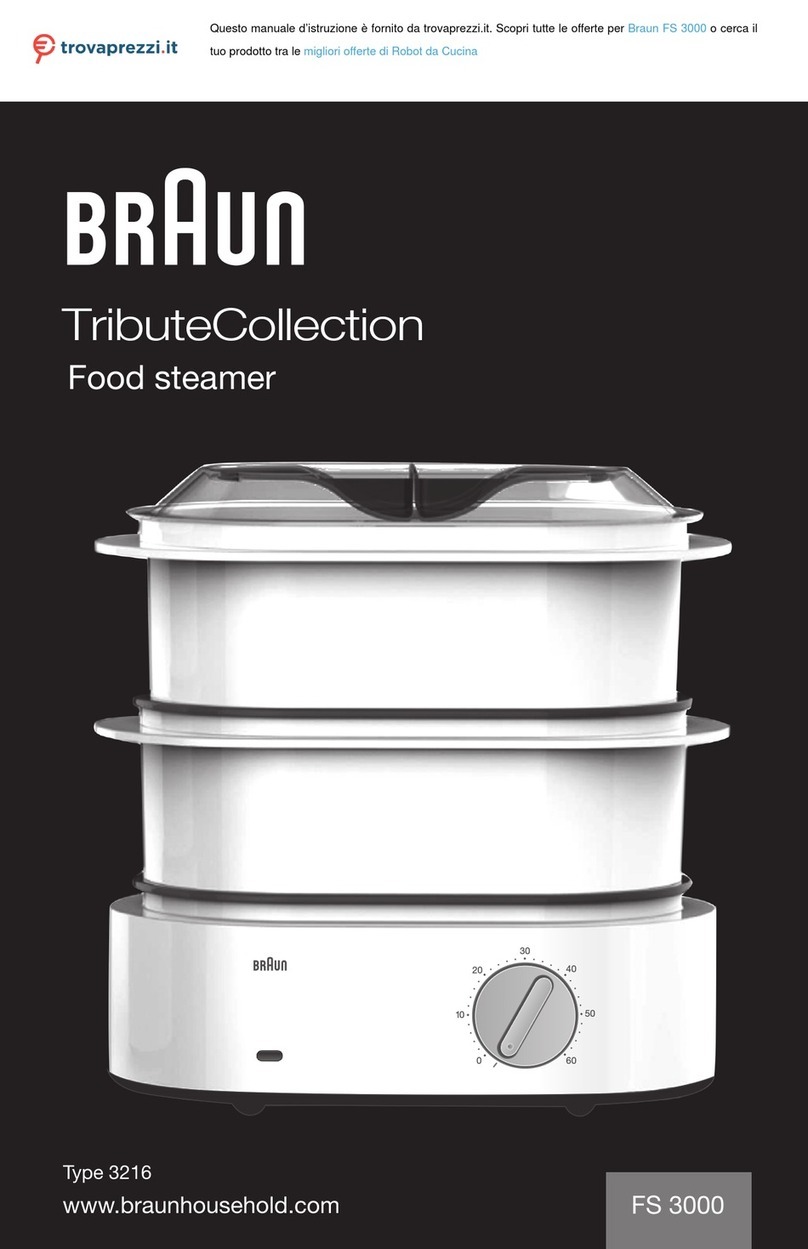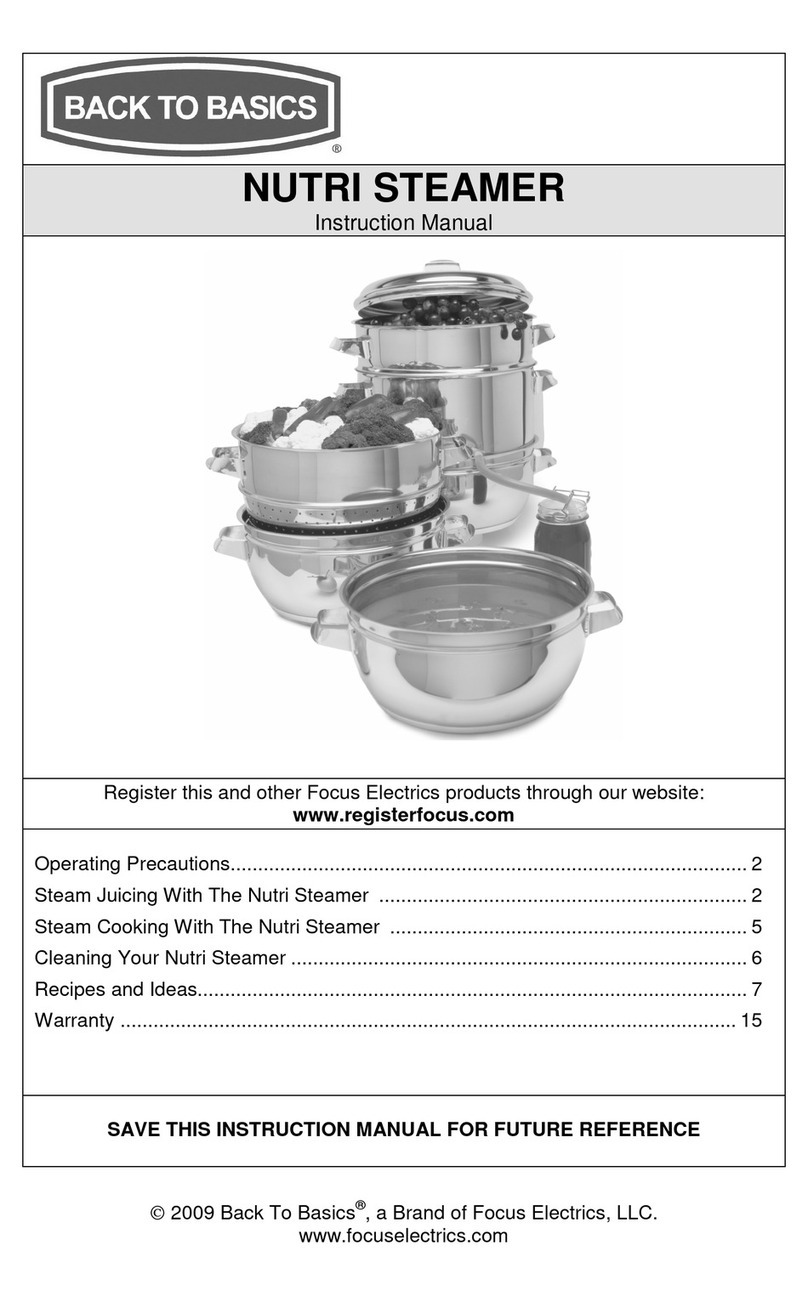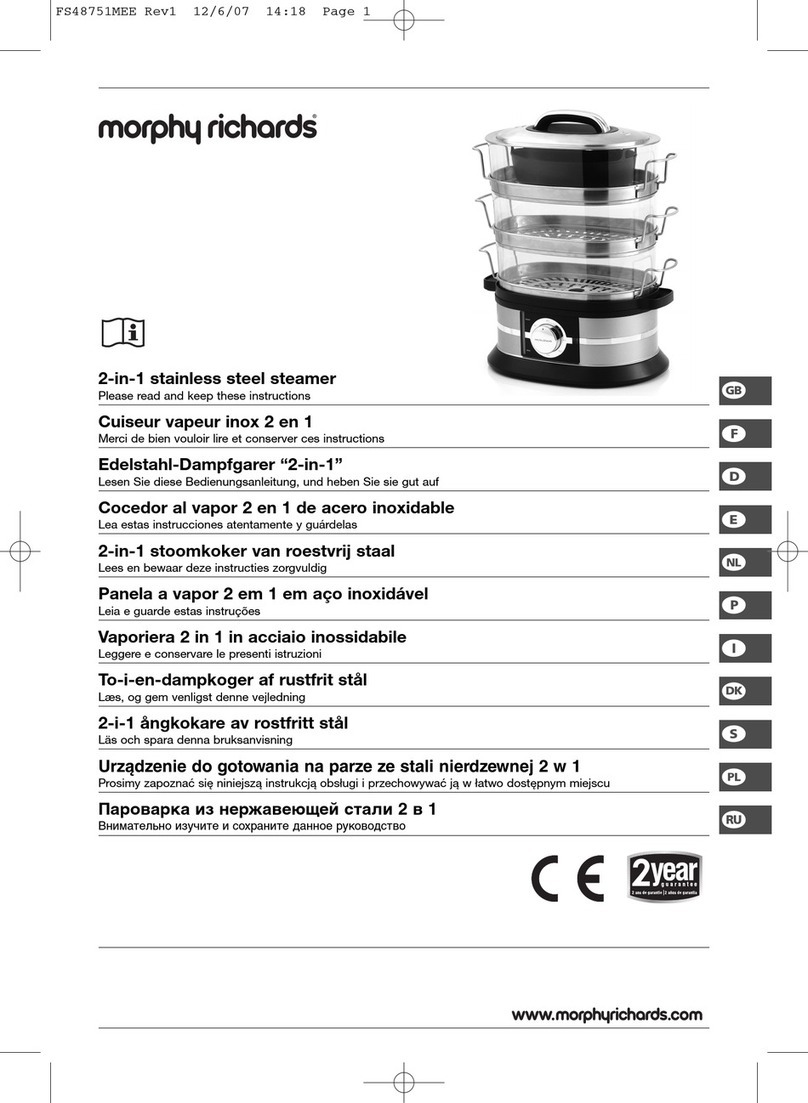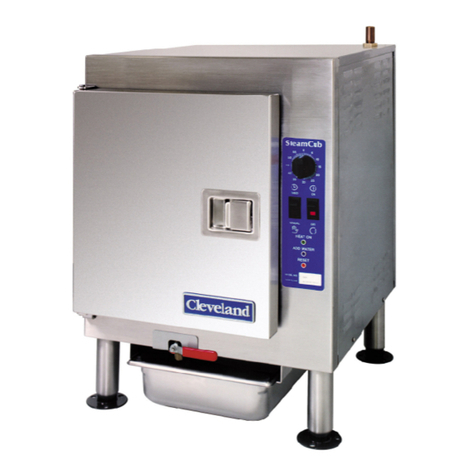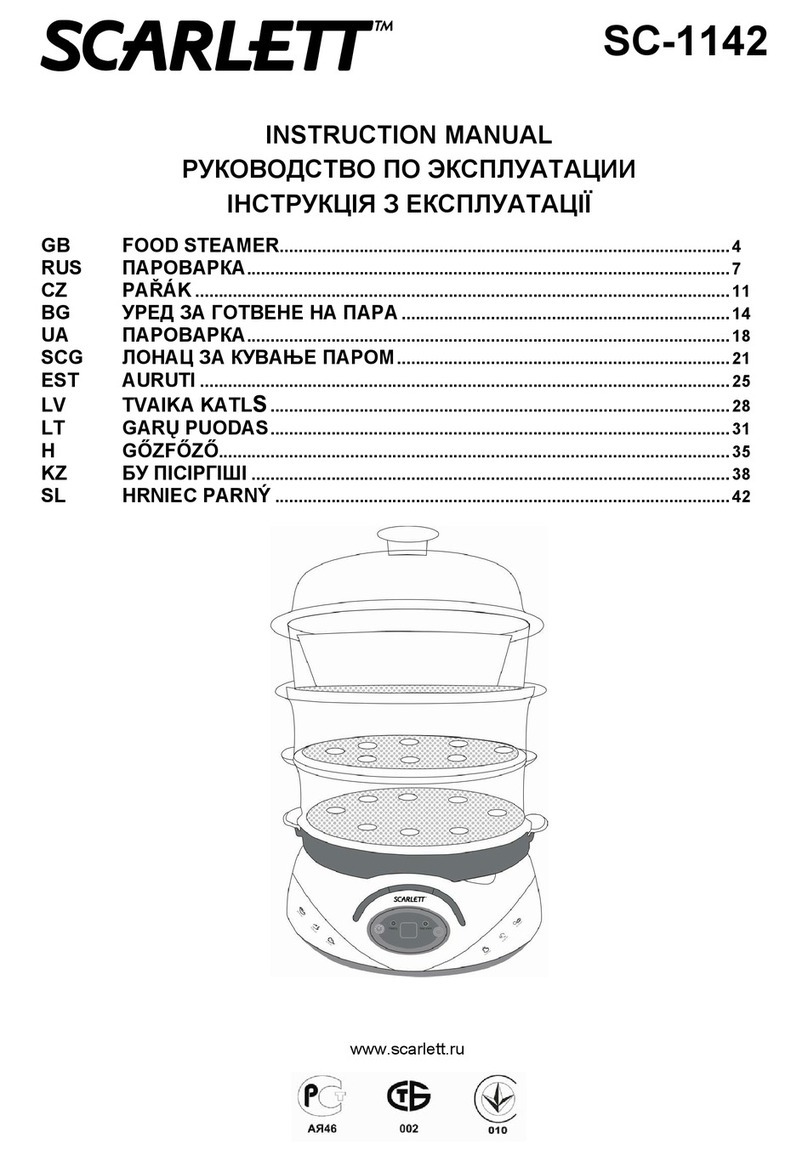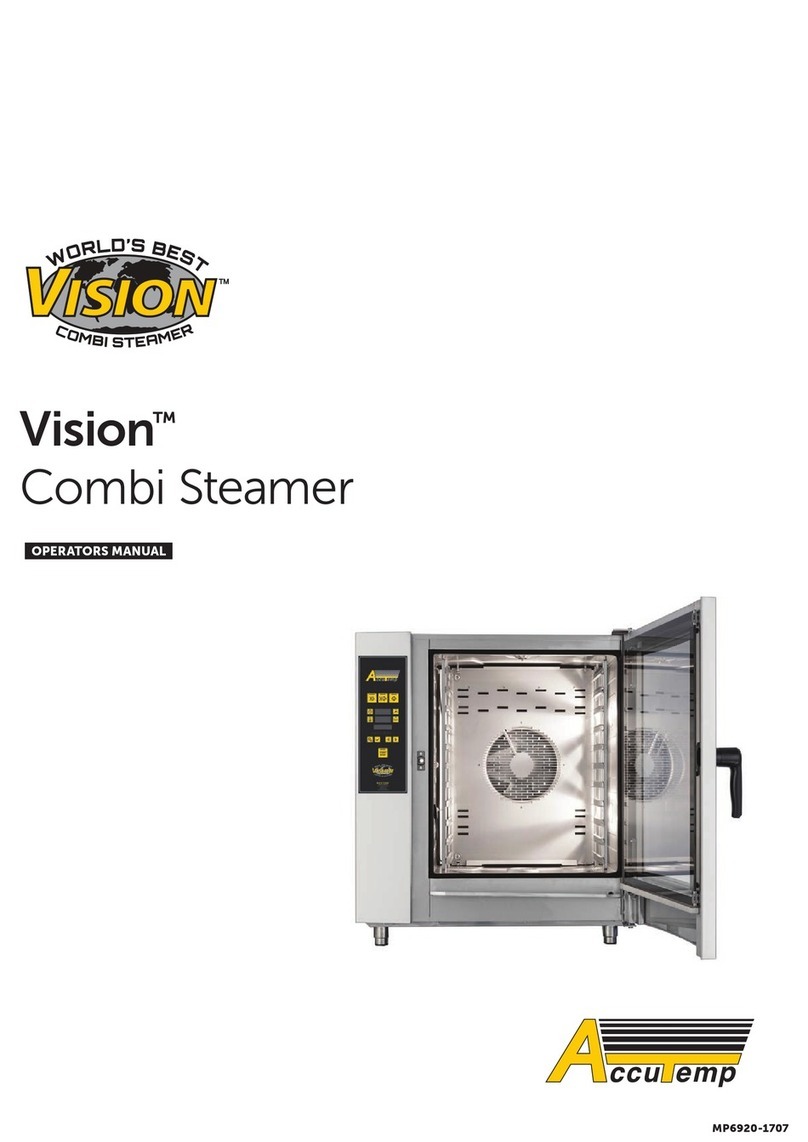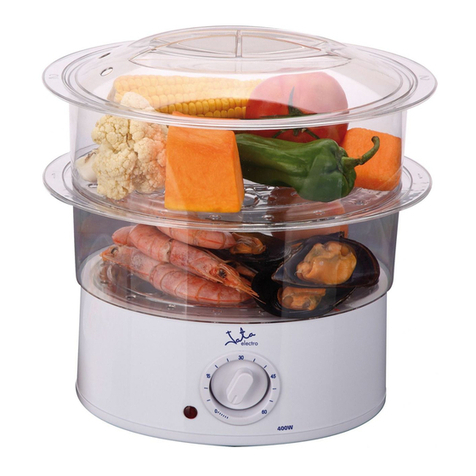6
,IMPORTANT SAFETY INSTRUCTIONS
READ AND SAVE THESE INSTRUCTIONS
6
Cookware Safety
Hold the handle of the pan when stirring or turning
food. This helps prevent spills and movement of the
pan.
Use Proper Pan Size.
The use of undersized cookware will expose a portion
of the heating element or burner to direct contact and
may result in ignition of clothing. Select cookware
having flat bottoms large enough to cover the surface
heating unit. This appliance is equipped with one or
more surface units of different size. Proper
relationship of cookware to heating element or burner
will also improve efficiency.
Cookware not approved for use with ceramic cooktops
may break with sudden temperature changes. Use only
pans that are appropriate for ceramic cooktops (only
certain types of glass, heatproof glass, ceramic,
earthenware, or other glazed utensils are suitable).
Always position handles of utensils inward so they do
not extend over adjacent work areas, burners, or the
edge of the cooktop. This reduces the risk of fires,
spills and burns.
Proper Installation and Maintenance
Have the installer show you the location of the circuit
breaker or fuse. Mark it for easy reference.
This appliance must be properly installed and
grounded by a qualified technician. Connect only to
properly grounded outlet. Refer to Installation
Instructions for details.
This appliance is intended for normal family
household use only. It is not approved for outdoor
use. See the Warranty. If you have any questions,
contact the manufacturer.
Do not store or use corrosive chemicals, vapors,
flammables or nonfood products in or near this
appliance. It is specifically designed for use when
heating or cooking food. The use of corrosive
chemicals in heating or cleaning will damage the
appliance and could result in injury.
Make sure reflector pans or drip bowls are in place -
Absence of these bowls or pans during cooking may
subject wiring or components underneath to damage.
,WARNING: Failure to operate knobs properly
may result in personal injury and damage to the
appliance.
Do not operate this appliance if it is not working
properly, or if it has been damaged. Contact an
authorized servicer.
Do not cook on a broken cooktop. Cleaning solutions
and spillovers may create a risk of electric shock.
Do not repair or replace any part of the appliance
unless specifically recommended in this manual. Refer
all servicing to a factory authorized service center.
To avoid electrical shock hazard, before servicing the
appliance, switch power off at the service panel and
lock the panel to prevent the power from being
switched on accidentally.
Causes of Damage
,CAUTION: Overheating protection turns
appliance off:
Don't turn the appliance on when empty. Fill the
cooking basin at least to the minimum mark and
at most to the overflow edge with cold water or
cooking liquid. Don't allow the cooking basin to
cook on empty. Never heat up oil in the cooking
basin.
,CAUTION: Damage to glass cover:
Don't set the hot glass cover on a wet, cold
countertop or cool it under cold, flowing water.
This can cause the glass cover to shatter.
Immediately replace the glass cover if damaged.
Should broken glass land in the cooking basin
due to a broken glass cover, the food prepared
in it is no longer suitable for consumption.
,CAUTION: Damage to device through
inappropriate accessories:
Use only the designated original accessories.
,CAUTION: Corrosion through salt or
seasonings:
Only put salt and bouillon cubes in hot water.
The cooking basin is largely corrosion-resistant.
Still, some substances, such as salt, can
sometimes corrode the material.
